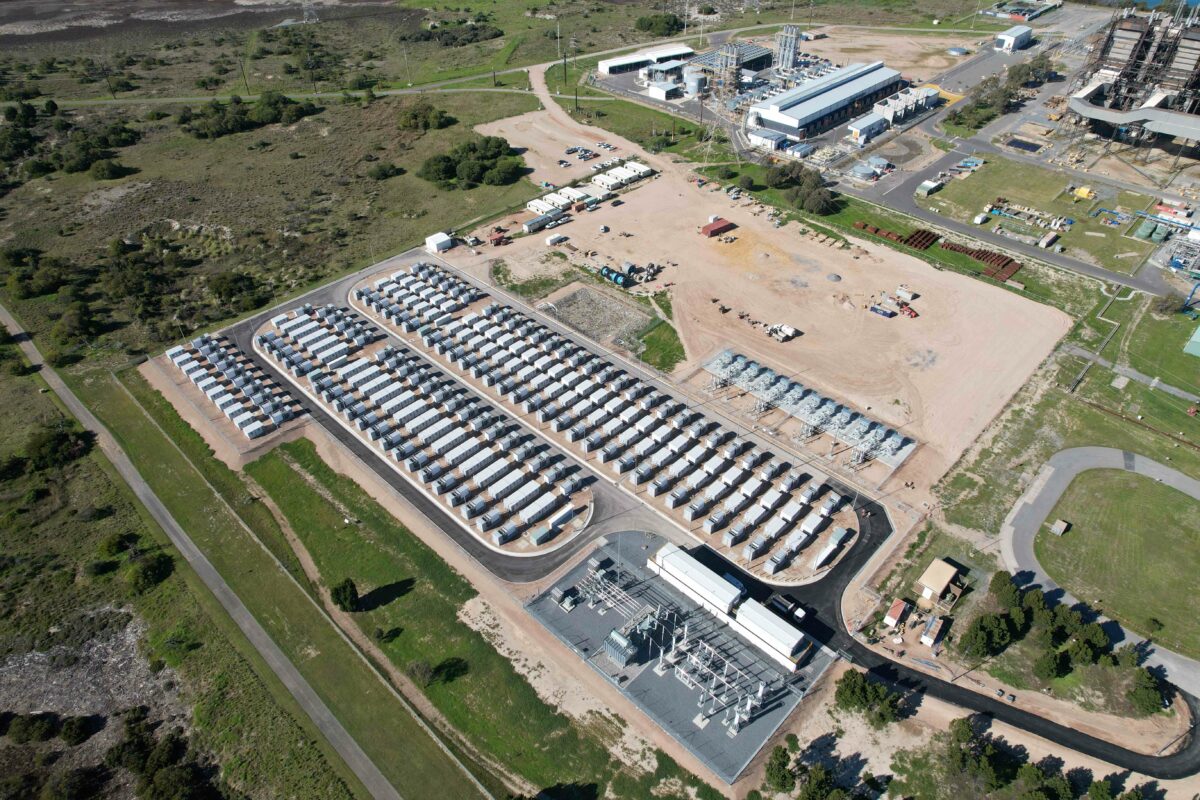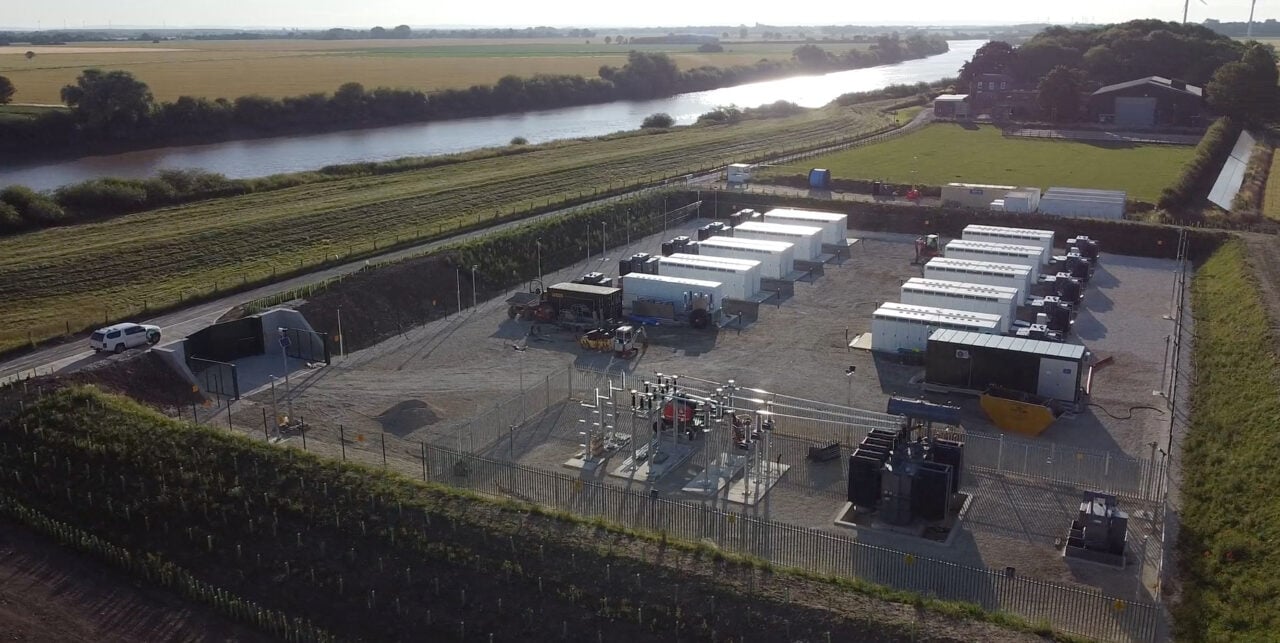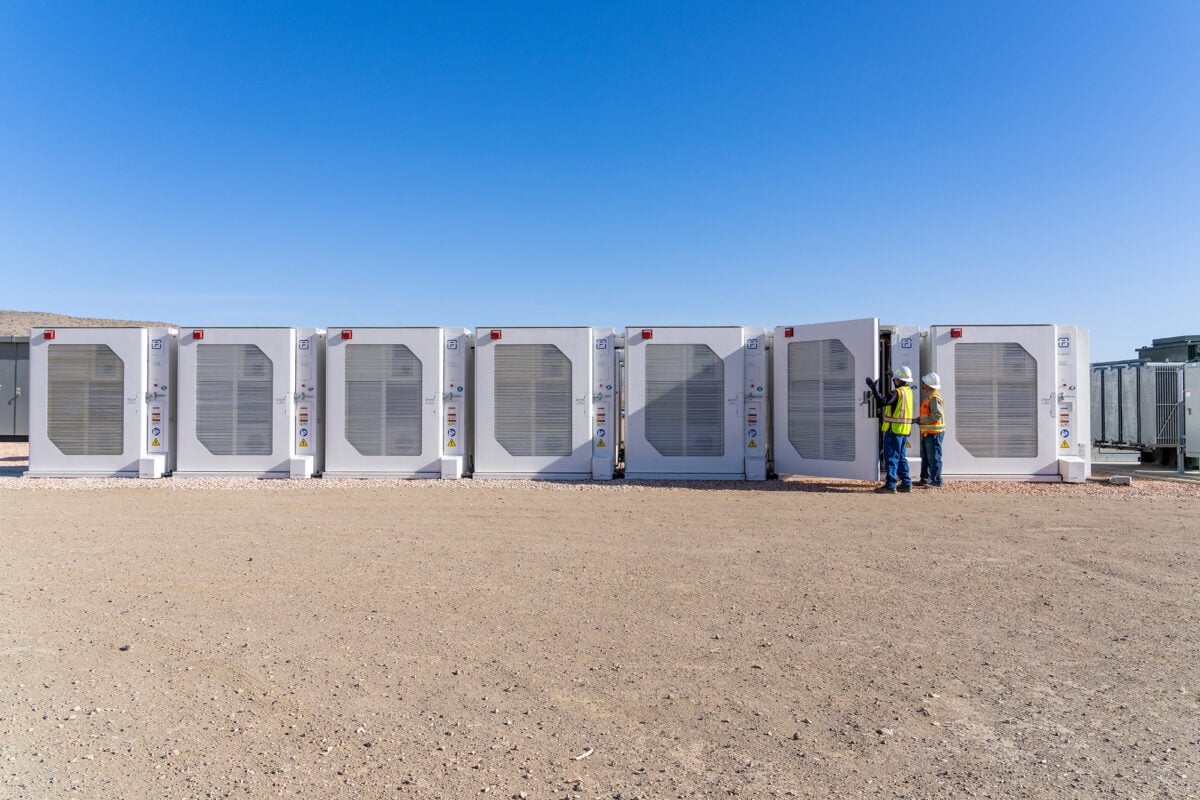Along with its fellow IOUs, Southern California Edison (SoCal Edison) and San Diego Gas & Electric (SDG&E), PG&E’s adoption of battery energy storage system (BESS) technology has been a major driver for California’s leading position among US states as an energy storage market over the past few years.
Long-time readers of Energy-Storage.news over the past 10 years will recall that as California’s AB2514 legislation put in place a mandate for the IOUs to procure 1.325GW of energy storage between them by 2020, an outsized portion of our reporting was driven by activity in the California Independent System Operator (CAISO) bulk power system.
That policy target took a while from its passing in 2010 into an actionable plan in the latter part of the decade but was quickly overshot as the needs of the CAISO grid converged with the falling costs of batteries.
Today, CAISO has more than 10GW of storage resources connected to it, and while other states are starting to catch up, most notably Texas with the Electric Reliability Council of Texas (ERCOT) service area, California remains a focal point for the US utility-scale BESS market.
Quick history
Over the past five years since deployment began at scale, PG&E has brought online more than 2,300MW of energy storage resources. More than a gigawatt will be added to that over the next year and a half to the end of 2025, PG&E’s Paul Doherty says, of a total 4.2GW of storage under contract.
“You can really see how these systems have proliferated and how state policy has really directed that in support of grid resiliency, the shift to renewables and the capability to load shift and buffer our energy for the evening peaks,” Doherty says.
Nearly all of the BESS resources in PG&E’s service area are third party-owned. PG&E has just one large-scale BESS in its ownership, the 182.5MW/730MWh Elkhorn project at the site of the former Moss Landing gas power plant, not to be confused with the slightly more famous 3GWh Moss Landing Energy Storage Facility at the same site owned by Vistra Energy with PG&E as its offtaker.
Doherty points out that energy storage has been a “major” part of the utility’s resource mix since 1984 when its 1,212MW Helms pumped hydro energy storage (PHES) plant opened.
“We started to deploy actual battery energy storage systems in around 2012-2013 with a technology that was sodium-sulfur,” Doherty says.
That would be the sodium-sulfur (NAS) battery technology from Japan’s NGK Insulators. Two projects, one 2MW and the other 4MW, were deployed at a customer site and a substation through a customer-funded R&D programme called Electric Program Investment Charge (EPIC).
“Then in 2016, PG&E deployed our first lithium-ion energy storage system—that was Tesla Powerpack technology—at a substation about 50 miles north of Sacramento, to test out some real-world use cases.”
Those included testing the integration of BESS into the utility’s distribution grid system and how it could participate in CAISO markets. The company’s next trial project assessed how battery storage could be used to help manage peak summer loads on the PG&E network.
A project currently underway in mountainous Humboldt County attests to the direct way those trials translated into broader deployments.
One of the longest distribution lines in PG&E’s service area runs through Humboldt. By deploying a large-scale BESS to solve capacity and voltage issues, the utility is saving millions of dollars versus a traditional poles and wires upgrade.
Doherty calls it a “US$10 million solution versus a US$100 million solution,” along the 50-mile distribution line.
Wildfires and resiliency
California is among the US states with the most ambitious decarbonisation policy targets, aiming to reduce emissions to 40% below 1990 levels by 2030 and net zero by 2045. That’s a major driver for renewable energy deployment and, therefore, energy storage.
Improving the resiliency of electricity supplies, and the stability of the grid is also a major concern for utilities and the regulatory California Public Utilities Commission (CPUC) that oversees them.
The project in Humboldt County also speaks to that driver for PG&E to make investments in battery storage.
California’s vicious wildfires imperil lives, and they imperil the electricity grid, and in the past, these threats have become intertwined with tragic consequences.
PG&E has been found liable for historic wildfires that started because the utility did not take sufficient measures to mitigate the risk of its equipment causing or exacerbating fire events.
Most recently, the CPUC approved a US$45 million settlement between PG&E and the regulator’s Safety and Enforcement Division (SED) in January this year, for the utility’s involvement in the 2021 Dixie fire, which burned across nearly a million acres before it could be contained.
Due to wildfires, the three IOUs now enact Public Safety Power Shutoff (PSPS) events in high-risk areas. These events essentially cut off power by de-energising distribution lines. They can last an indeterminate period of several days or even weeks.
In some of these areas, PG&E has built around a dozen ‘pre-installed interconnection hubs,’ essentially distribution-level microgrids, in downtown areas that are safe to energise, “even though the broader grid surrounding them is within the high-fire-risk areas,” Doherty says.
“We can bring in diesel generators and provide power to an area where there are community resources, like banks and gas stations and grocery stores, emergency services or other essential downtown places where people could go and still have that continuity of society where the rest of the town have their power shut down.”
PG&E is exploring greening those microgrids, trialling battery storage alongside mainspring linear generators that run on different types of gas.
It is also, with gravity energy storage startup-turned BESS integrator Energy Vault, building a large-scale system that combines lithium-ion (Li-ion) batteries with a green hydrogen electrolyser.
At 290MWh capacity, it will be a long-duration energy storage (LDES) system capable of powering the downtown and surrounding area of Calistoga for up to 48 hours during a PSPS event. The system is due to come online before the end of this year.
Hydrogen tank on its way to the PG&E-Energy Vault Calistoga microgrid project. Image: Energy Vault.
Incidentally, on the subject of new technologies, PG&E is also among the US utilities set to pilot the iron-air battery developed by Form Energy. The tech startup claims it will provide multiple days of low-cost electricity storage. Form is leading that project, Doherty says, with CEC grant funding.
“As a part of our continued integration of additional renewable resources, and maintaining resilience to the grid, we are piloting and testing the use of cleaner generation solutions for battery storage and for our microgrid sites,” he says.
“We’re really expanding the pool of our contracted technologies, piloting those viable non-diesel technologies in particular, and exploring opportunities to build a portfolio of non-fossil solutions for the longer term.”
Addressing ‘so many different grid focus areas and issues’ with energy storage
The utility therefore is procuring different scales and configurations of energy storage assets across its portfolio.
In addition to large-scale systems that operate in the CAISO market and help the utility meet its resource adequacy (RA) requirements and its microgrids, Doherty claims PG&E is also taking seriously the potential of customer-sited storage resources.
Energy storage is enabling the utility to “address so many different grid focus areas and issues,” including residential and commercial systems which can participate in demand response programmes, Doherty says.
“Californians have for a long time been early adopters of clean energy technologies, whether it’s EVs, whether it’s batteries or solar.”
Leveraging vehicle-to-grid (V2G) technologies from EVs equipped with bidirectional charging capabilities is “such an opportunity,” with PG&E expecting to support charging for three million EVs by 2030.
“We’re at more than 600,000 EVs connected to our grid today. That’s a really outsized number compared to the rest of the country and other utilities. We envision a future where two million of those three million EVs are participating in some sort of managed charging, or some sort of vehicle-to-grid applications.”
More broadly speaking, there are virtual power plant (VPP) programmes with Tesla and Sunrun that see home battery storage systems aggregated to provide demand response through PG&E’s Emergency Load Relief Program (ELRP).
It is still early days for VPPs, not least of all because ELRP only allows for batteries to perform demand response applications during peaks which occur during heat waves, but nonetheless they have been a huge success.
There is a “huge ecosystem” of battery storage applications across California, as Doherty says. Nowhere is this more evident than on the CAISO website, which features a portal where you can see how much energy storage is contributing to the ISO’s resource mix.
“It’s an exciting moment when you think about all that, and you think about the different grid architectures and the capabilities for batteries to support both on the utility-scale, but also the customer scale,” Paul Doherty says.











